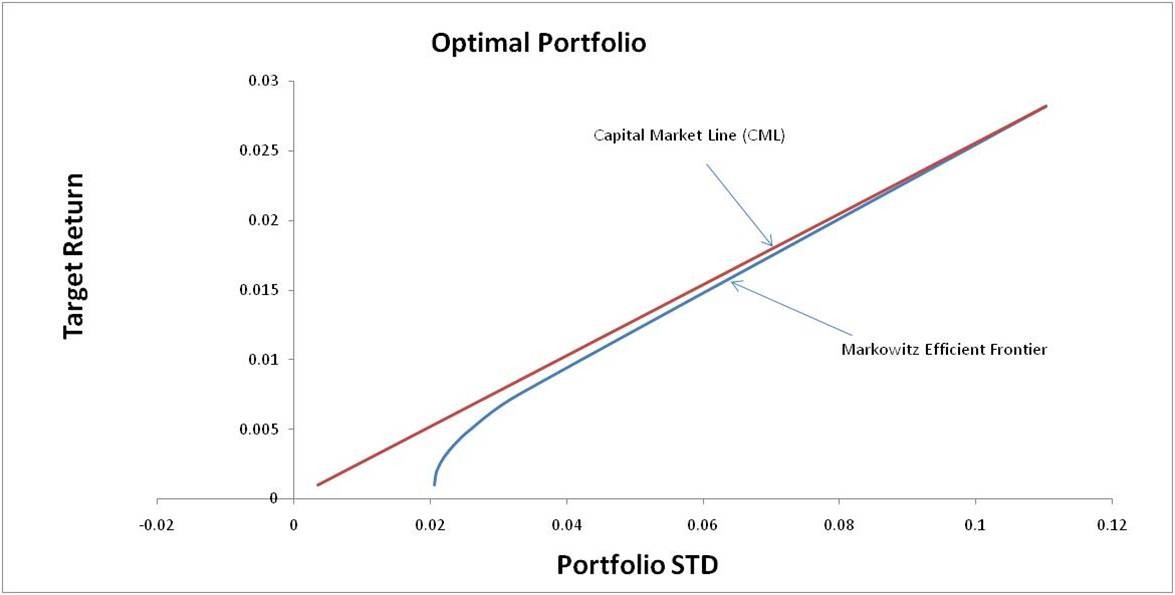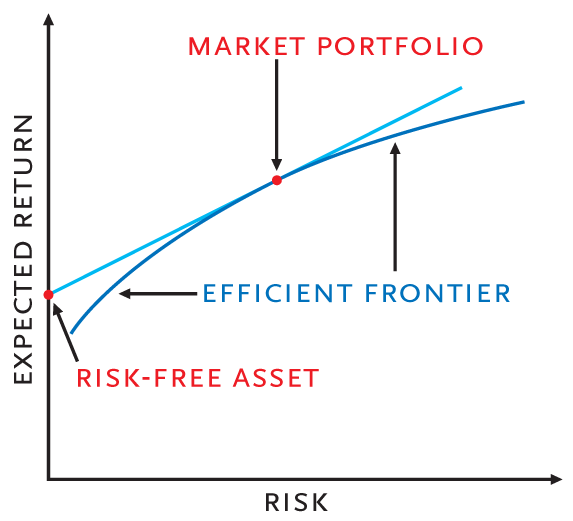What Is Modern Portfolio Theory For Dummies
Post on: 14 Октябрь, 2015 No Comment

What Modern Portfolio Theory is talking about is diversification: combining an investment (stocks or bonds) that zigs with another that zags, and possibly a third that zogs. In the investment realm, diversification is your very best friend.
Most investment pros are familiar with something called Modern Portfolio Theory . You should be, too. Modern Portfolio Theory is the key to maximizing return with minimal risk. What the theory says is that if you combine asset classes that zig and zag (and possibly zog) in a portfolio, even though each asset class by itself may be quite volatile, the volatility of the entire portfolio can be quite low.
In fact, in some cases, you can add a volatile investment to a portfolio and, as long as that investment shows little correlation to everything else, you may actually lessen the volatility of the entire portfolio!
Translate theory into reality
Correlation is measured on a scale of 1 to 1. Two investments with a correlation of 1 are perfectly correlated: They move up and down in synch, like two Rockettes. Two investments with a correlation of 1 have perfect negative correlation: When one goes up, the other goes down, like pistons.
A correlation of zero means that there is no correlation between two investments: When one goes up, the other may go up or down; theres simply no predicting.
In the real world, negative correlations of two productive investments are hard to find, but you can find investments that have close to zero correlation. Perhaps the best example from history is stocks and bonds.
Bonds as a whole generally move up and down independent of stock prices. Some bonds such as long-term Treasuries tend to have negative correlation to stocks, generally climbing during times of recession (often in response to dropping interest rates in combination with stock-investor panic that drives up demand for security).

But other bonds, such as U.S. high-yield bonds, tend to move more in synch with the stock market.
When choosing a bond or bond fund, you always want to consider the correlation that your new investment is going to have with your existing investments. High-yield bonds throw off considerably more interest than Treasuries, but they arent going to give you nearly the same diversification power if your portfolio is made up mostly of U.S. stocks.
In the figure, you can see how the performance of the entire bond market (as reflected in the share price of the Vanguard Total Bond Market Index Fund) and the performance of stocks (as reflected in the share price of the Vanguard Total Stock Market Index Fund) exhibit little correlation. Sometimes they go up together and sometimes down together, but often they move in opposite directions.
Credit: Illustration courtesy of Vanguard














